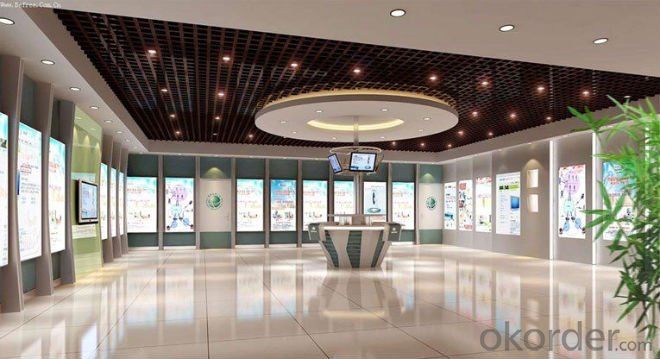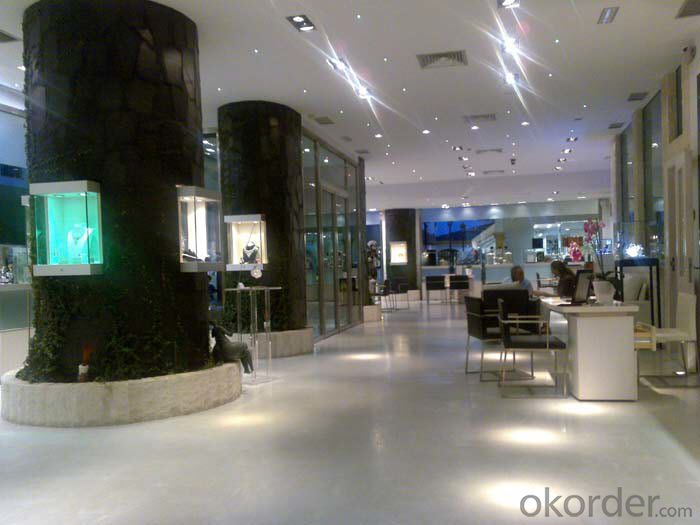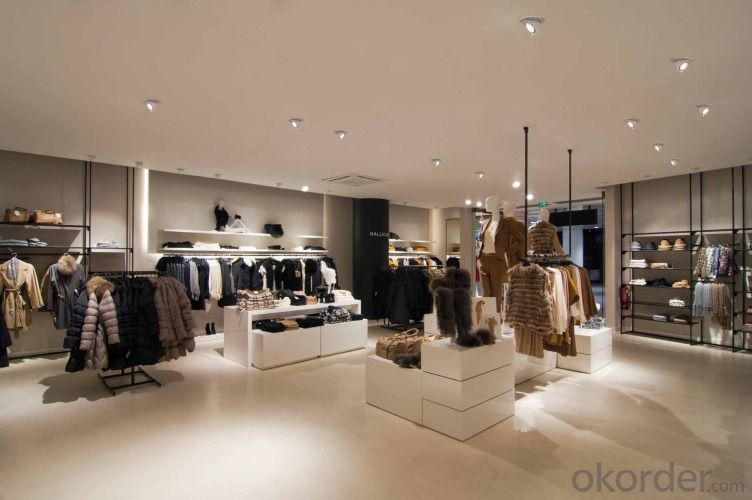Loading Port:Shanghai
Payment Terms:TT OR LC
Min Order Qty:1000 pc
Supply Capability:200000 pc/month
LED Spot Light Description
LED Spot Light MR16 GU5.3is compatible with most fixtures and designed as a retrofit replacement alternative for halogen lamps or incandescent. They have massive energy savings versus traditional lamps and are superb replacements where standard incandescent or halogen lamps are in use such as: accent, display and general lighting applications in the hospitality industry.
Main Features of LED Spot Light
*Meet CE, ROHS.
*Up to 80% energy saving compared with halogen or incandescent lamps.
*Extreme longer lifetime of 25,000 hours.
*State of the art LED-technology.
*Retrofit and compatible with existing fixtures with E27/GU 5.3 holder for easy installation.
*Maintenance free operation lasts up to 16 times longer than incandescent lighting.
*Centralized optical package provides high quality point source beam versus pixilated designs.
LED Spot Light Images



LED Spot Light Specification
Product Code | LED source Brand | Rated Power | Luminous Flux | Color Temp. | CRI | Beam Angle | Central Light Strength | Rated Life | Base | Rated Voltage | Source color | Base Color |
W | Im | K | ° | cd | hr | |||||||
MR16-D 3B GU5.3/WW 24° | CREE | 4 | 200 | 3000 | 85 | 24 | 1050 | 35000 | GU5.3 | AC/DC 12V | Warm White | Silver |
MR16-D 3B GU5.3/CW 24° | CREE | 4 | 250 | 6000 | 80 | 24 | 1200 | 35000 | GU5.3 | AC/DC 12V | Cool White | Silver |
MR16-D 5B GU5.3/WW 24° | CREE | 5 | 260 | 3000 | 85 | 24 | 2000 | 35000 | GU5.3 | AC/DC 12V | Warm White | Silver |
MR16-D 5B GU5.3/CW 24° | CREE | 5 | 320 | 6000 | 80 | 24 | 2500 | 35000 | GU5.3 | AC/DC 12V | Cool White | Silver |
MR16-D 8B GU5.3/WW 24° | CREE | 8 | 420 | 3000 | 85 | 24 | 3250 | 35000 | GU5.3 | AC/DC 12V | Warm White | Silver |
MR16-D 8B GU5.3/CW 24° | CREE | 8 | 510 | 6000 | 80 | 24 | 4200 | 35000 | GU5.3 | AC/DC 12V | Cool White | Silver |
FAQ of LED Spot Light
*Why do LEDs have a higher initial cost than conventional light sources?
LEDs are made of electronic components which need to be packaged together to offer long lasting efficient light sources to the end user. Apart from the LED chip itself which has sapphire and gallium in the semiconductor, the process of packaging with materials like ceramic, rare earth phosphors, silicone, solder and gold wire add to the overall cost. White LEDs require further tests for calibration and standardisation.
*What are the economic advantages of using LEDs over conventional light sources?
Although the initial cost of conventional light sources is less than LEDs, they do not take into account the operational and maintenance cost of the lighting system. LEDs, having a longer life , reduce maintenance and lamp replacement cost. This reduces cost of labour to replace lamps and the cost of new lamps at the end of lamp life cycle. LEDs, also consume less energy. Thus the overall cost of a LED system can thus be significantly lower than conventional lighting systems. Most applications with LEDs offer a payback period as low as 3-4 years.
*What are the strategies in the development of LED technology that are helping to reduce the cost of LEDs in the future?
Some of the strategies reducing the cost of LEDs in the future are:
Reduction in the production process.
Simplification and reduction in the number of components.
Introduction of new materials.